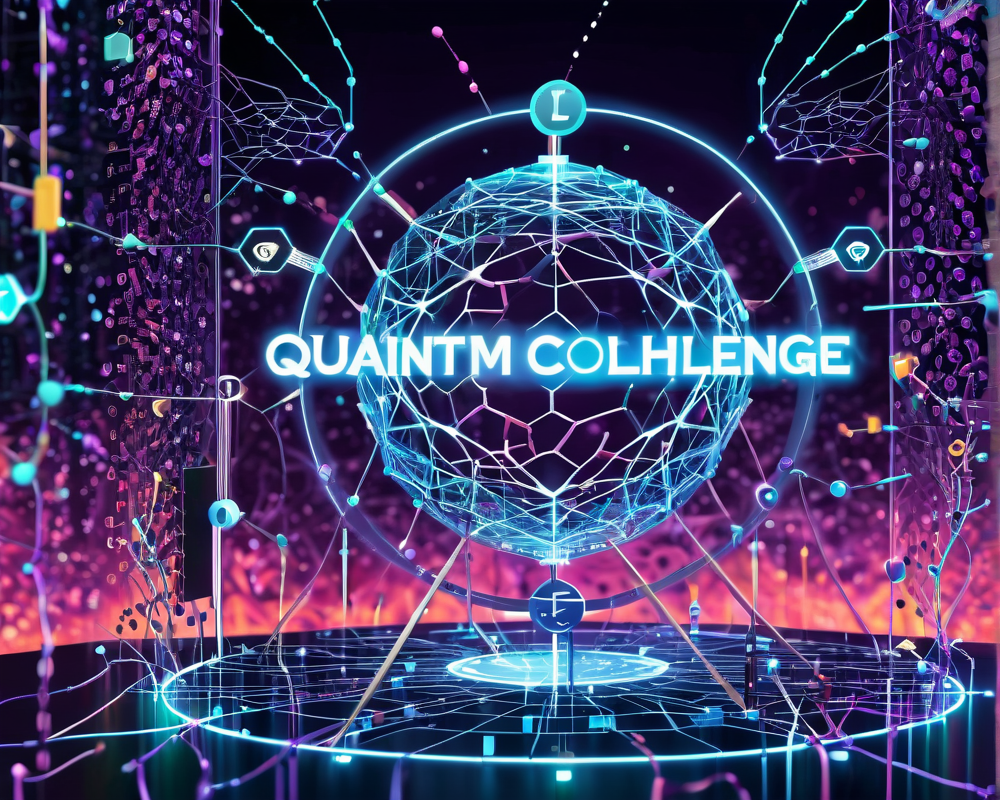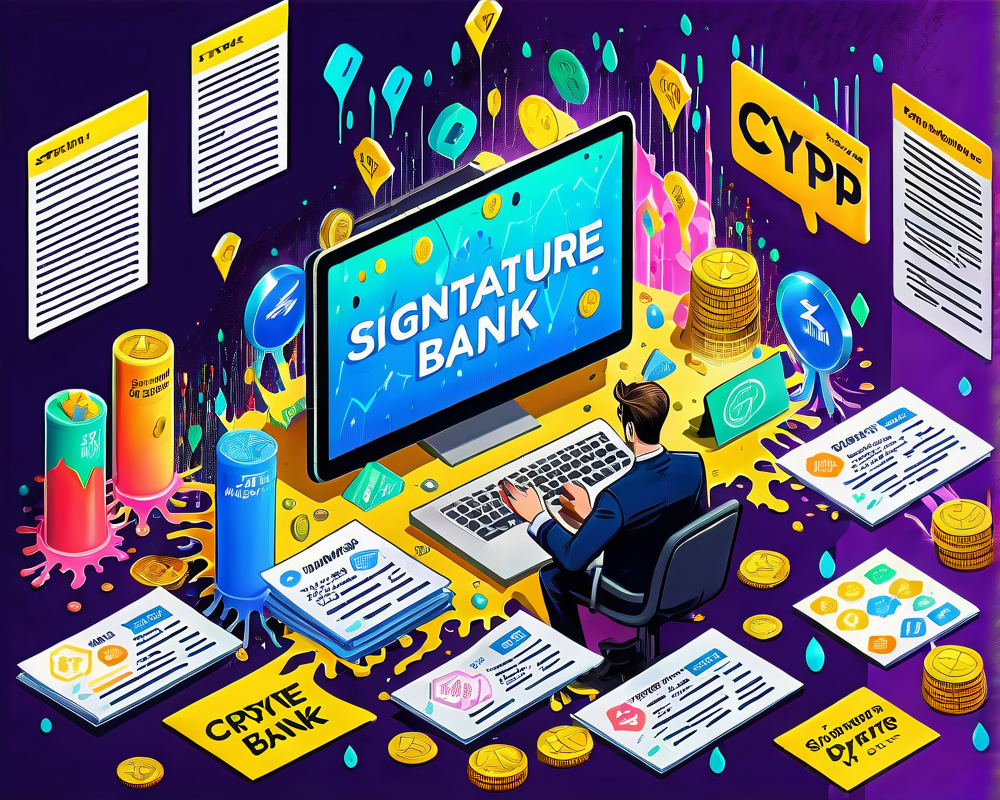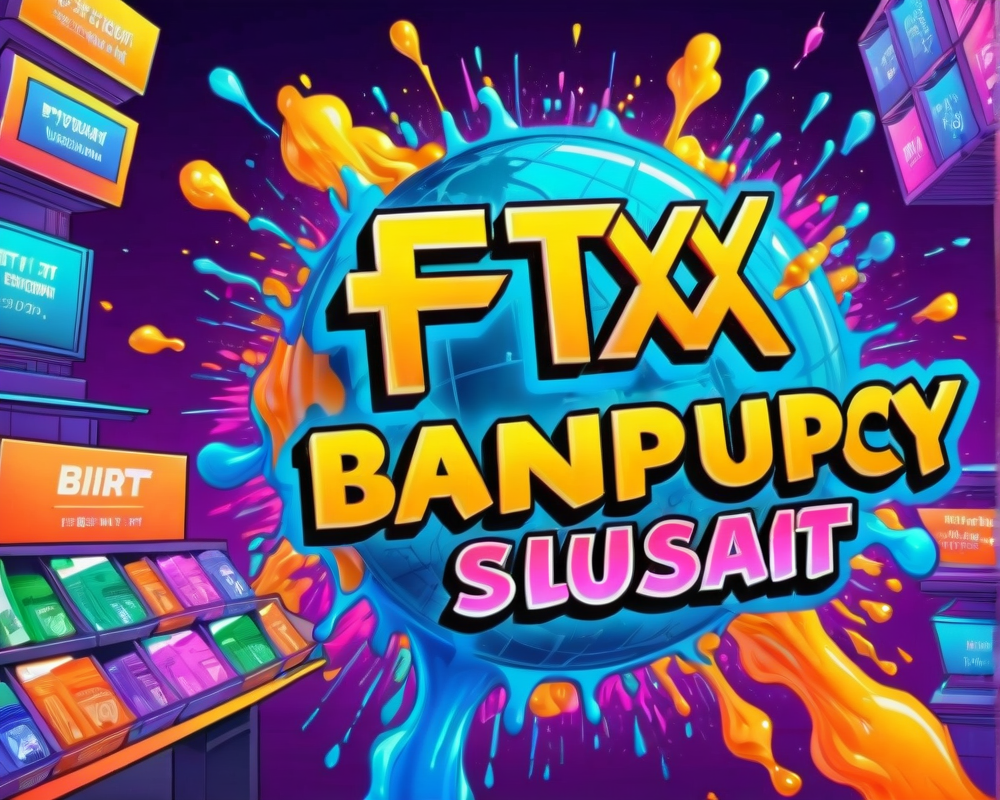Understanding the Quantum Threat
Quantum computers, once the stuff of science fiction, are now knocking at our digital door, armed with the potential to solve problems faster than you can say “superposition.” While the world is scrambling to prepare for this leap, blockchain developers are huddling in their corners, figuring out how to shield their creations from quantum mayhem.
The Implications of Quantum Power
In a traditional decentralized data-sharing system, maintaining robust security protocols is crucial to safeguard confidential data. But here’s the kicker: with quantum computers on the horizon, once-impregnable security measures might not hold up. The National Security Agency (NSA) has been cautiously eyeing this looming threat for years, shaping new standards for cryptography since 2015. So, the big question is not if, but when will quantum computers break larger cryptographic keys? Buckle up; estimates suggest it may be less than five years away!
Enter Quantum-Proof Cryptography
In this rapidly approaching reality, establishing quantum-resistant cryptographic keys is essential to fend off attacks from these potent devices. Companies like Cellframe are stepping up to the plate, making strides toward quantum-resistant solutions tailor-made for third-generation blockchains. Their mission? To create a safe haven for decentralized interactions and to protect the internet’s freedom.
Game-Changing Features
So, how does Cellframe plan to tackle the quantum challenge? For starters, they’re integrating quantum-resistant signatures, drawing from notable solutions identified during the NIST PQC contest. And here’s a fun fact: these signatures have already been woven into the Cellframe architecture, with further advancements slated for production next year. Talk about being ahead of the curve!
All About Quantum Key Exchange
Launching a quantum key exchange system in Q3 2022 was another ambitious move from Cellframe. This initiative not only grapples with quantum resistance but also addresses scalability concerns through innovative techniques like sharding, effectively unclogging the bandwidth bottleneck plaguing the industry.
Framework Challenges and Green Mining Solutions
Setting the stage for success involves navigating several framework challenges. Cellframe is embracing post-quantum encryption alongside architecture designed in plain C, ultimately ensuring efficient usage of CPU and memory resources. With this winning combo, the CELL token is poised to be a front-runner in secure and scalable blockchain technology.
The Eco-Friendly Future of Blockchain
And because we can’t ignore the elephant in the room—environmental concerns—Cellframe also prioritizes the eco-friendliness of mining operations. Furthermore, the choice of using C programming language contributes to green practices by efficiently managing high-load services. Increasingly, as some countries (looking at you, Sweden) tighten regulations on mining due to environmental harm, this green aspect is a timely bonus.
In combining these strengths, Cellframe strategically positions itself to meet the mounting needs of both public and enterprise blockchain applications.




